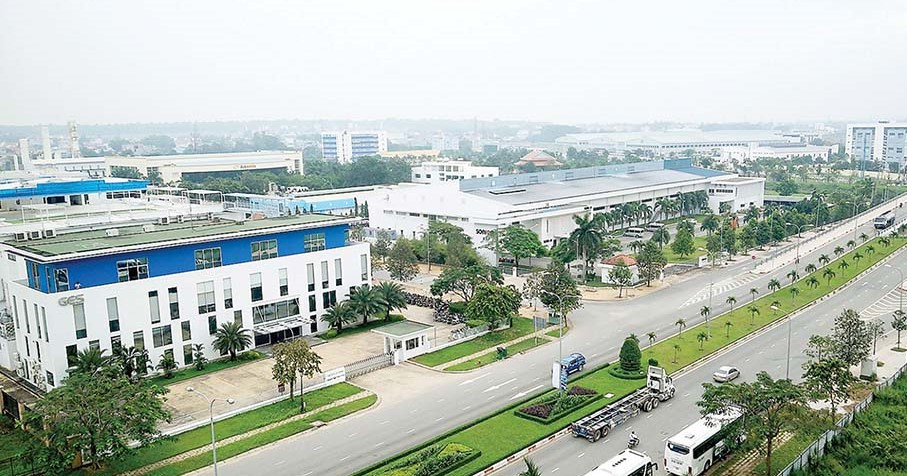
Â
Â
2. Content
Modules help split complex designs among a number of different designers in a design group. Modules allow designers to hide internal data representation and algorithms from other modules. This forces designers to use public interfaces to other modules, and the entire system becomes easier to change and easier to maintain. Modules are similar to module in Verilog and Entity in VHDL.
A Module should in basic should contain ports, constructor, and methods/functions to work on the ports. Below is list of parts of a module.
- ports
- Internal Variables
- Constructor
- Internal Methods.
SC_MODULE
In SystemC modules are declared with SystemC keyword SC_MODULE. Below is syntax of a SC_MODULE.
Syntax :
1 SC_MODULE("module_name") {
2 // module body
3 }
Here
- SC_MODULE : Macro or reserve word
- module_name : Any valid module name
If you don't want to use SC_MODULE macro and want to write in pure C++ syntax, then you can write as below.
1 class module_name : sc_module {
2 // Module body
3 }
This form of declaration resembles a typical C++ declaration of a struct or a class. The macro SC_MODULE provides an easy and very readable way to describe the module.
Example SC_MODULE
1 // All systemc code should include systemc.h file
2 #include "systemc.h"
3 // SC_MODULE is macro, hello_world is module name
4 SC_MODULE (hello_world) {
5 // Body of module hello_world
6 };
Â
Â
Â
Â
- in : Input Ports
- out : Output Ports
- inout : Bi-direction PortsPort modes sc_in, sc_out, and sc_inout are predefined by the SystemC class library.Syntax :
Here :
- port_direction : One of the sc_in,sc_out,sc_inout
- type : Data type
- variable : Valid variable name
Example Module Ports
1 #include "systemc.h"
2
3 SC_MODULE (first_counter) {
4 sc_in_clk clock ; // Clock input of the design
5 sc_in<bool> reset ; // active high, synchronous Reset input
6 sc_in<bool> enable; // Active high enable signal for counter
7 sc_out<sc_uint<4> > counter_out; // 4 bit vector output of the counter
8
9 // Rest of body
Â
Â
Â
Â
Here :
- sc_signal : Reserved word
- type : Data type
- variable : Valid variable name
Example Module Signal
1 #include "systemc.h"
2
3 SC_MODULE (counter) {
4 sc_signal <bool> reset ;
5 sc_signal <bool> enable;
6 sc_signal <sc_uint<4> > counter_out;
7
8 // Rest of body
9 }
Bạn Có Đam Mê Với Vi Mạch hay Nhúng - Bạn Muốn Trau Dồi Thêm Kĩ Năng
Mong Muốn Có Thêm Cơ Hội Trong Công Việc
Và Trở Thành Một Người Có Giá Trị Hơn

















